When you think of summer, you probably picture beach trips, barbecues, and long sunny days—but some U.S. summers have been anything but carefree. In fact, the nation has endured stretches of heat so extreme they’ve rewritten weather records and tested the limits of human endurance. From the Dust Bowl era to recent years of record-breaking temperatures, these blistering summers tell a bigger story about our changing climate. Scientists are uncovering the patterns and forces that drive these dangerous heatwaves, revealing why they’re becoming more frequent and intense. Understanding this history isn’t just about looking back—it’s about preparing for the hotter summers still to come.
2021: The Summer That Almost Broke Records
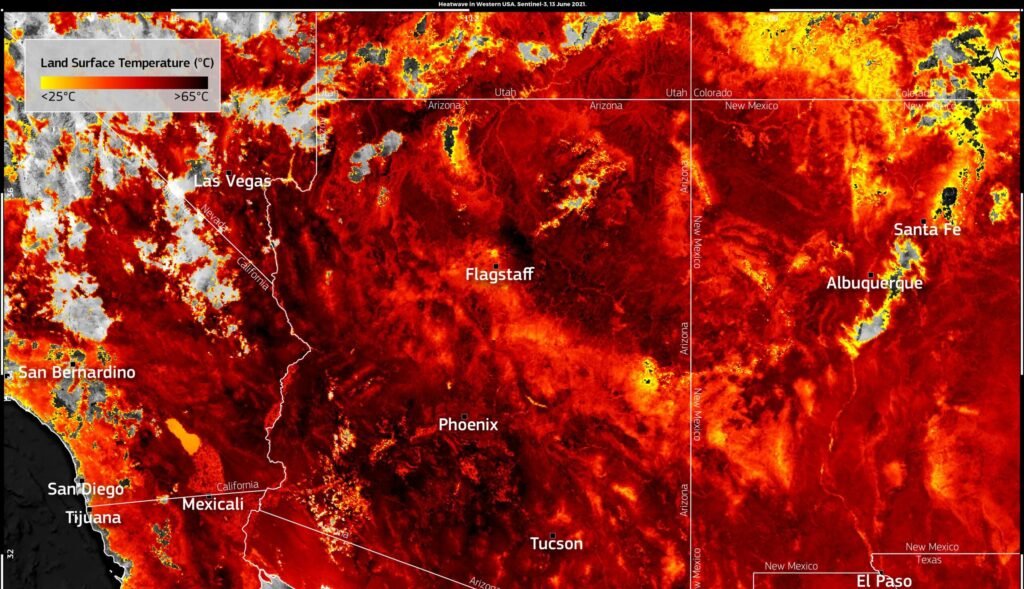
The United States experienced its fourth-hottest summer on record in 2021, with the average temperature reaching 73.7 degrees Fahrenheit, which was 2.4 degrees warmer than the long-term average. This blistering summer was so close to the previous record that experts called it a “virtual tie” with the legendary Dust Bowl summer of 1936. What made 2021 particularly remarkable wasn’t just the raw numbers, but how the heat was distributed across the country.
Five states experienced their hottest summer on record – California, Idaho, Nevada, Oregon, and Utah – while sixteen additional states had a top-five warmest summer. The Pacific Northwest, usually known for its mild temperatures, suffered through a heat wave in June that shattered all-time temperature records in Seattle and Portland, with over 35 cities setting heat records during the multi-day event.
1936: The Dust Bowl Inferno

Summer 1936 held the record as the warmest summer in the USA since official records began in 1895, until it was surpassed by the summer of 2024. This devastating heat wave caused as many as 5,000 heat-related deaths in the United States, with thousands more suffering from heat stroke and heat exhaustion. The timing couldn’t have been worse – air conditioning was still in its infancy, leaving people with few options to escape the relentless heat.
The 1936 heat wave was part of the broader “Dust Bowl” period and was intensified by a prolonged drought and poor farming methods that left little vegetation to help moderate temperatures. Some of the most extreme temperatures included Steele, North Dakota hitting 121°F, the highest temperature ever recorded in that state, with many records set during this period standing until the 2012 North American heat wave.
2022: A Close Third Place Finish
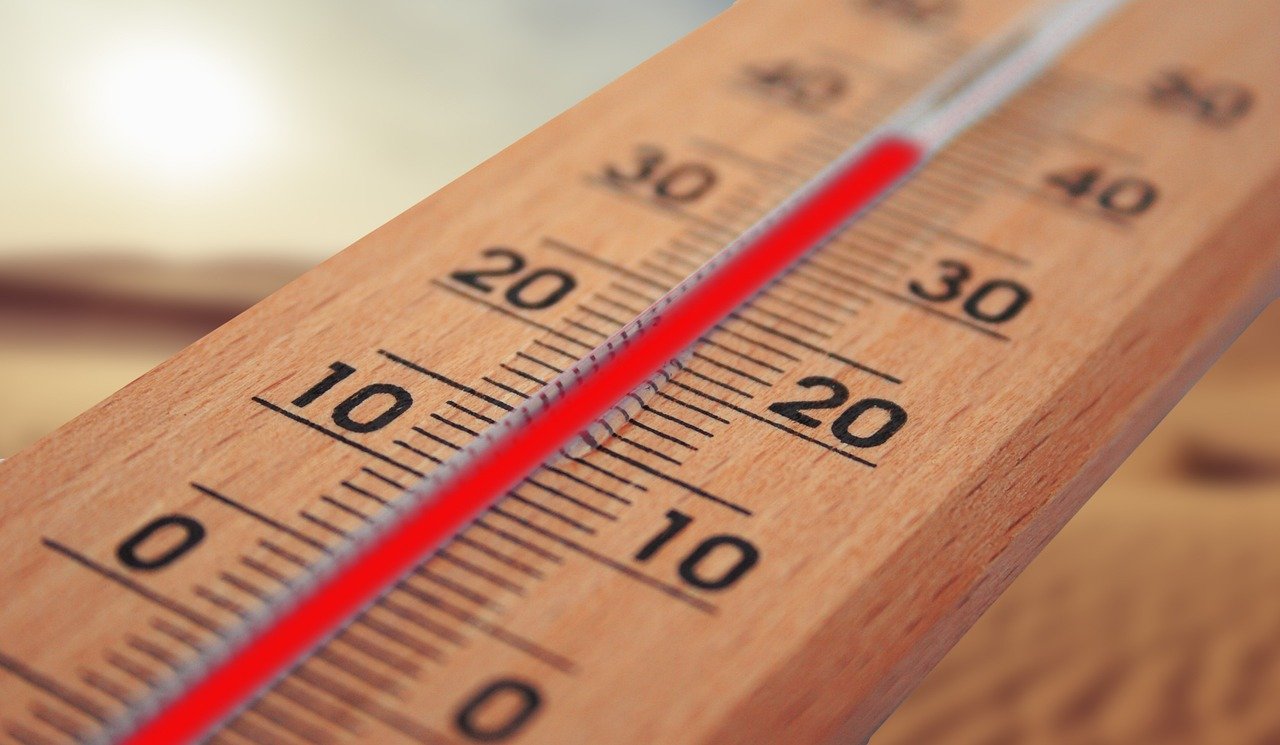
Summer 2022 marked the third-hottest meteorological summer on record for the United States, with an average temperature of 73.9 degrees Fahrenheit, which was 2.5 degrees above average. This summer was particularly notable for the breadth of extreme conditions it brought across different regions. The heat wasn’t the only story – it was the combination of scorching temperatures with dramatic weather extremes.
Massachusetts, Rhode Island and Texas each saw their second-warmest summer on record, while seventeen additional states across the West, South and Northeast experienced their top-10 warmest summer. The summer was also marked by several extreme 1,000-year flooding events that occurred across various parts of the country.
2024: Recent Scorching Continues the Trend

The summer of 2024 ranked as the nation’s hottest summer on record, with an average temperature of 73.7 degrees Fahrenheit – 2.4 degrees above average. Arizona, California, Florida, Maine and New Hampshire all experienced their warmest summer on record. The summer showcased how modern heat waves can affect regions traditionally considered more temperate.
Cities across the West, South and East had their warmest summer on record, with Phoenix reaching an average of 98.9 degrees, Fort Lauderdale averaging 84.6 degrees, and even Caribou, Maine hitting 67.3 degrees. The first eight months of 2024 also ranked as the second-warmest year-to-date on record.
2018: When Summer Heat Tied Historical Records
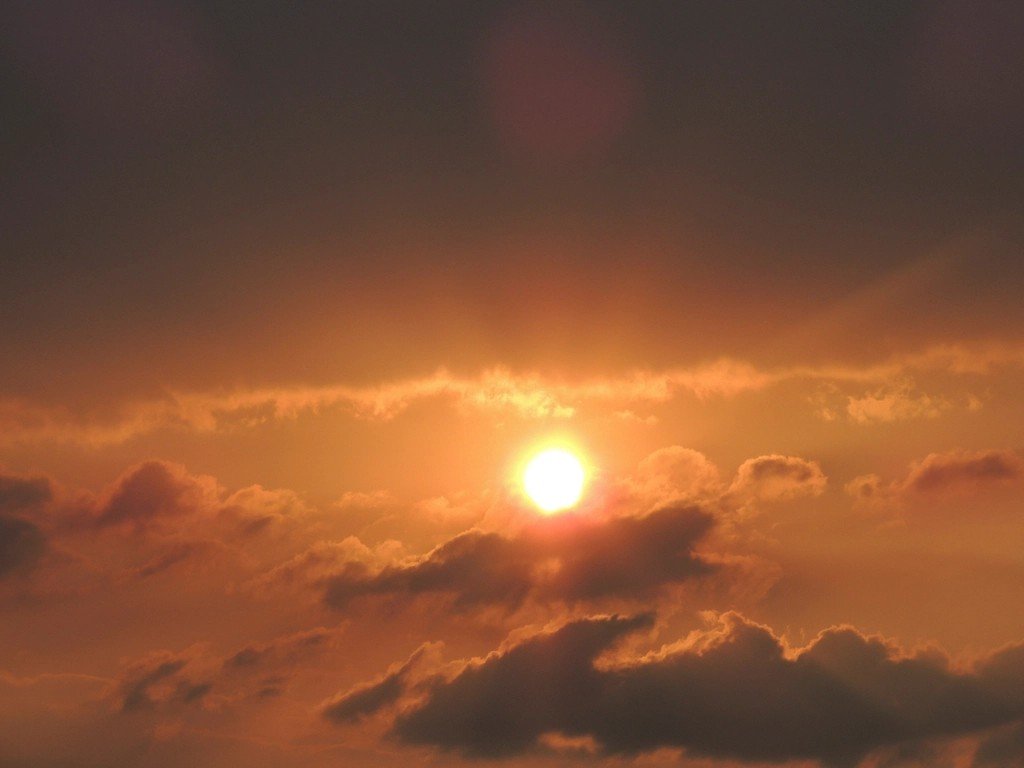
Summer 2018 tied with 1934 as the fourth hottest summer on record for the contiguous United States after three months of intense temperatures. This summer demonstrated how consistent extreme heat across multiple months can push seasonal averages into record territory. The heat wasn’t just a brief spike – it was sustained punishment for communities across vast areas of the country.
Twenty-three states across the West, South and Northeast experienced much-above-average summer temperatures, with the average overnight low temperature reaching 60.9 degrees Fahrenheit, which was 2.5 degrees above average. These warm nights were particularly dangerous because they prevented people from getting relief from the daytime heat.
2020: A Year of Extremes
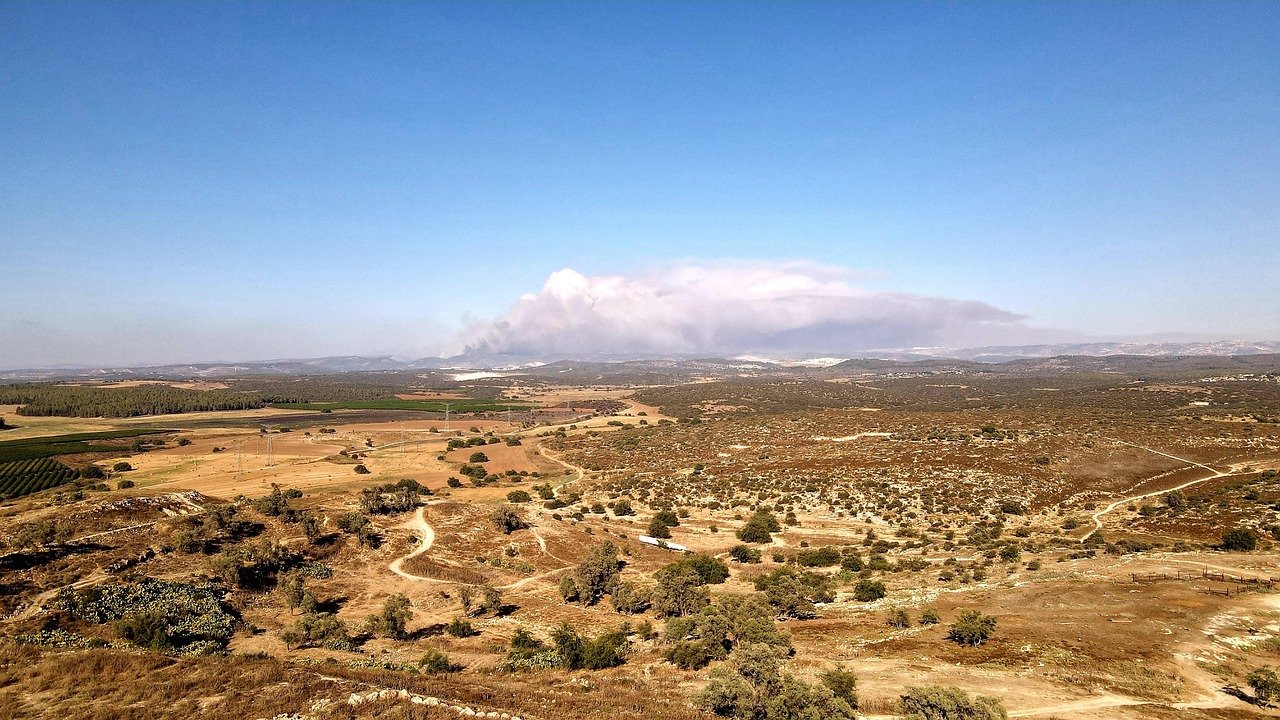
Summer 2020 ranked as the fourth hottest on record and fell in the driest one-third of all summers in the historical record. What made this summer particularly challenging was the combination of extreme heat with widespread drought conditions across much of the western United States. California experienced its second-, third-, and fourth-largest fires on record, while Colorado’s Pine Gulch Fire became the state’s largest wildfire in history.
The summer wasn’t just about temperature records – it was about the cascading effects of extreme heat. A devastating derecho swept 700 miles across the central United States from Iowa to Ohio, bringing winds over 100 mph and significant damage to crops and infrastructure. This showed how heat can create the atmospheric conditions for other extreme weather events.
1934: Depression Era Heat
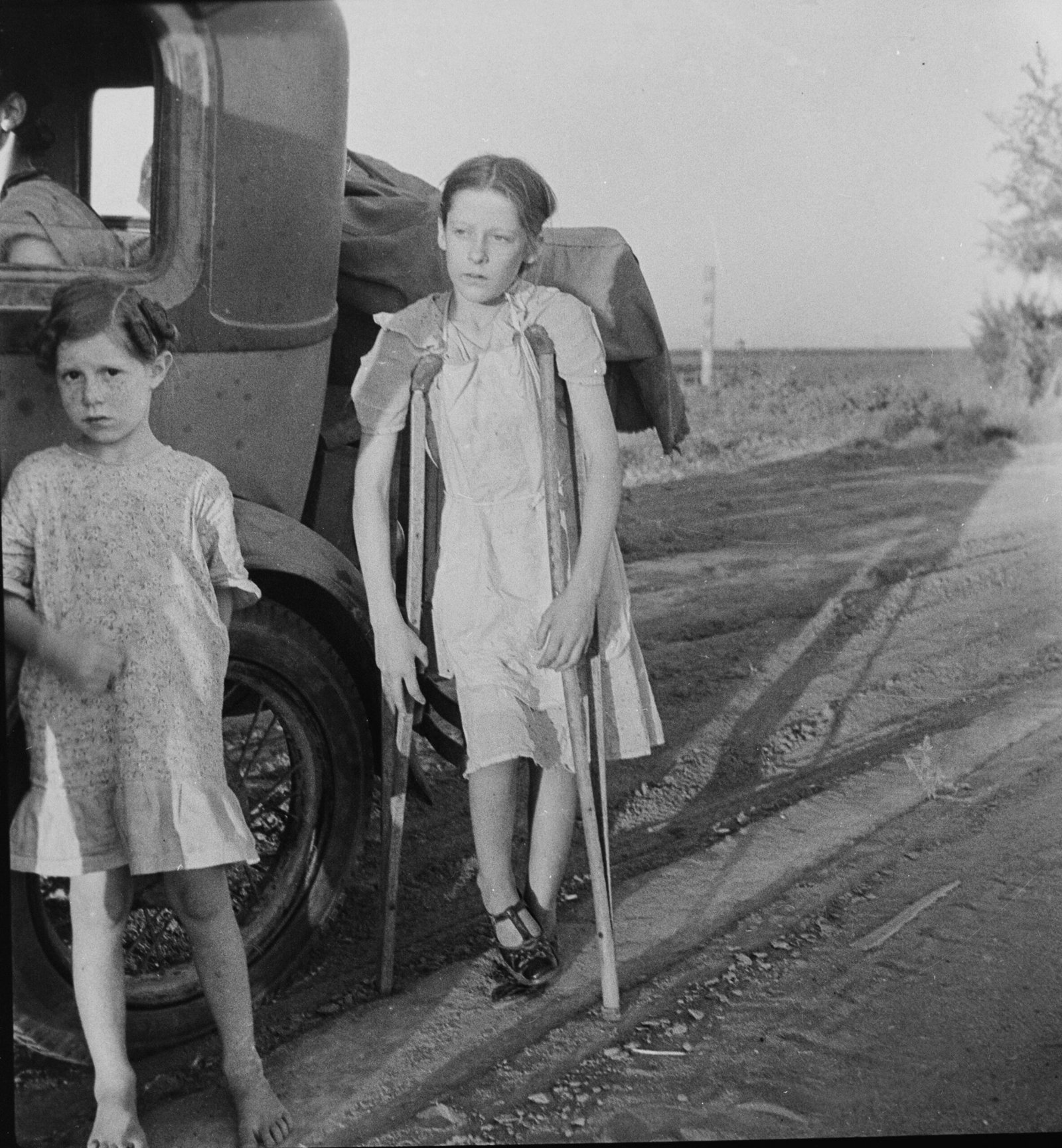
The summer of 1934 tied with 2018 as the fourth hottest summer on record. This summer occurred during the Great Depression, making the extreme heat even more devastating for communities already struggling economically. Like 1936, this summer was part of the broader pattern of extreme heat during the 1930s Dust Bowl period.
The 1930s remain unique in American climate history for producing multiple summers of extreme, sustained heat. Longer-term records show that heat waves in the 1930s remain the most severe in recorded U.S. history, with the spike reflecting extreme, persistent heat waves in the Great Plains region during the “Dust Bowl” period. Poor land use practices and drought contributed to these heat waves by reducing soil moisture and the cooling effects of evaporation.
1980: The Deadly Summer Heat Wave
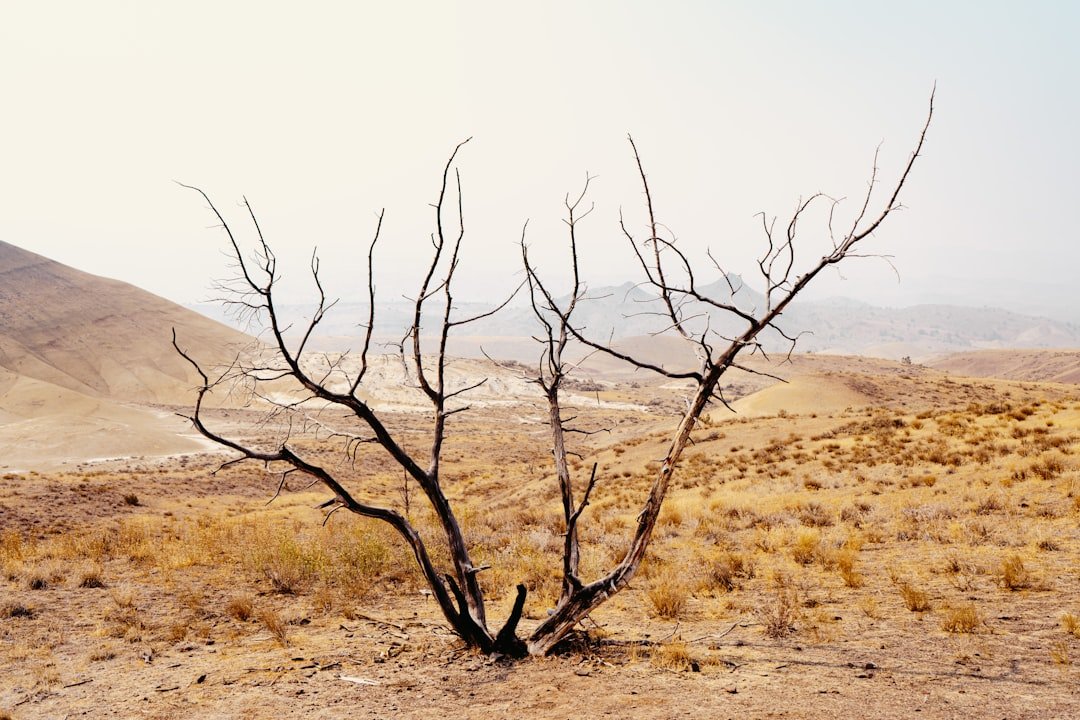
The 1980 United States heat wave and drought killed an estimated 1,000 people and impacted the central and eastern United States, with temperatures highest in the southern plains. From June through September, temperatures remained above 90°F all but two days in Kansas City, Missouri, while the Dallas/Fort Worth area experienced 42 consecutive days with temperatures above 100°F.
The heat reached its peak when temperatures hit 117°F at Wichita Falls, Texas, on June 28th, with economic losses totaling $20 billion in 1980 dollars. This heat wave showed how sustained extreme temperatures could devastate both human communities and the broader economy through agricultural losses and energy demands.
1995: Urban Heat and the Chicago Tragedy
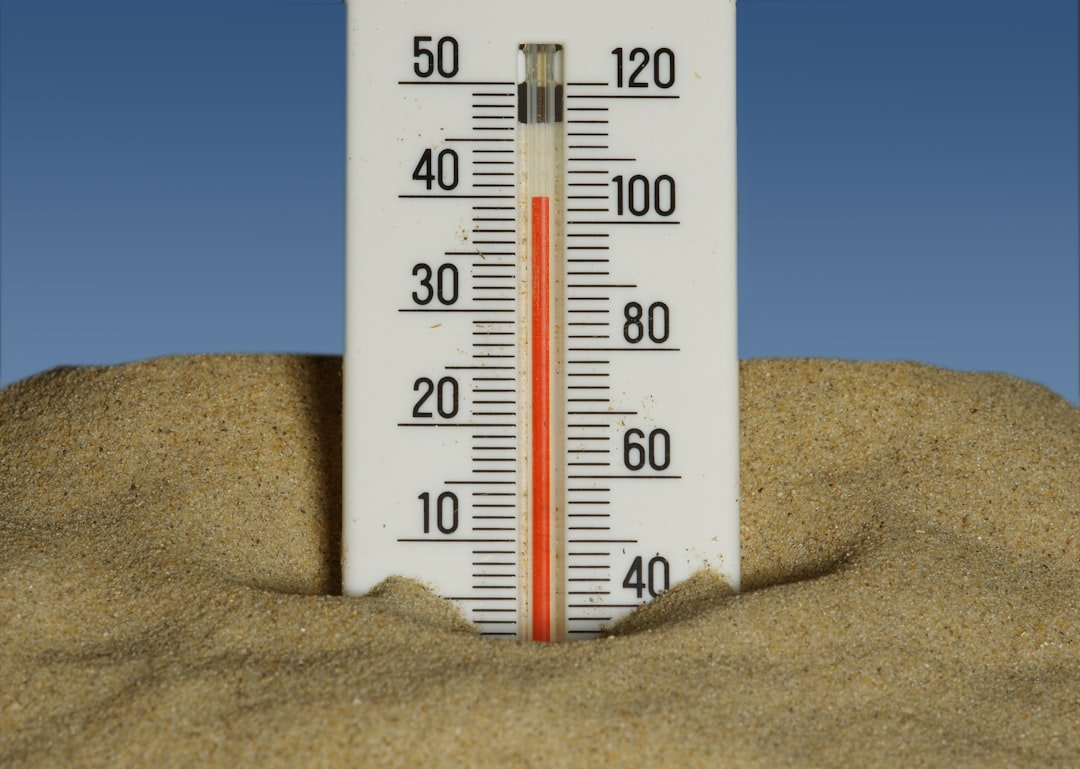
The 1995 Chicago heat wave produced record high humidity levels and heat indices in the Chicago area and Wisconsin, with temperatures reaching 106°F and causing at least 778 deaths, mostly among African American residents in lower-income neighborhoods. This heat wave became a stark reminder of how extreme temperatures interact with social and economic inequalities.
The tragedy highlighted the critical importance of emergency cooling facilities and adequate civic response. A series of damaging derechos occurred on the periphery of the hot air mass, showing how heat domes can create conditions for other severe weather. The 1995 heat wave became a turning point in how cities prepare for extreme heat events.
2012: The Modern Heat Wave Benchmark
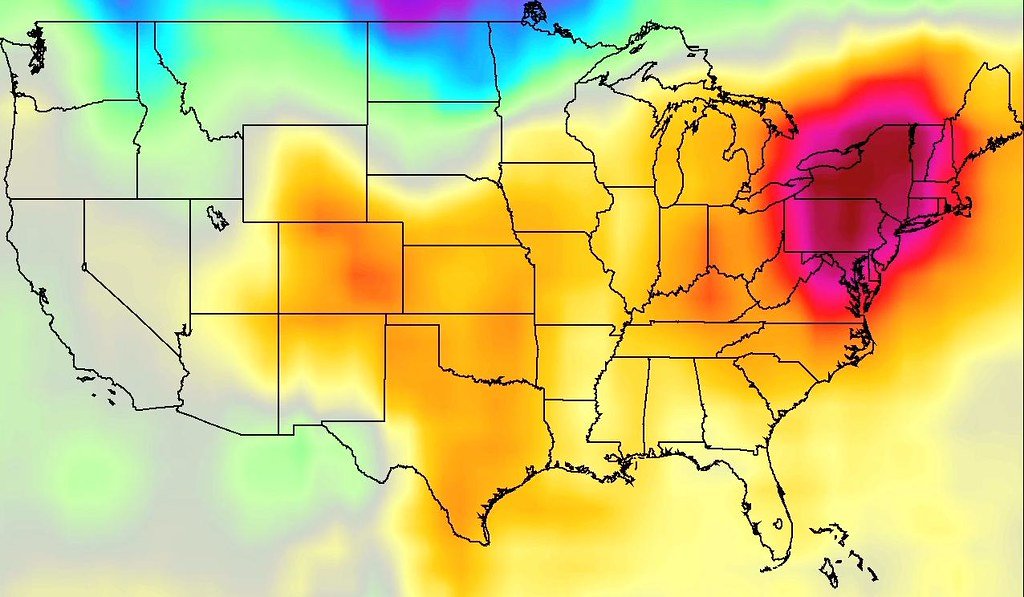
Many state and city record high temperatures set during the 1936 heat wave stood until the 2012 North American heat wave finally broke them. The number of heat waves observed in 2011 and 2012 were triple the long-term average, requiring new planning for economic, health and infrastructure impacts. The 2012 heat wave marked a new era in American heat extremes.
This heat wave was particularly significant because it occurred during the early stages of our current period of accelerated climate change. Unlike the 1930s heat waves that occurred during a period of natural climate variability combined with poor land use, the 2012 heat wave was clearly linked to rising greenhouse gas concentrations in the atmosphere.
The Climate Science Behind America’s Hottest Summers

Heat waves are occurring more often than they used to in major cities across the United States, with their frequency increasing steadily from an average of two heat waves per year during the 1960s to six per year during the 2010s and 2020s. Heat waves have also become more intense over time, increasing from an average of 2.0°F above local thresholds during the 1960s to 2.5°F above thresholds during the 2020s.
Summers in the United States are now 2.4 degrees hotter than they were 50 years ago, according to NOAA data, and human-caused climate change has made recent heat waves three times more likely than they would have been without the burning of coal, oil and gas. Both urban and rural environments are warming because there are more greenhouse gases in the atmosphere, with urban areas particularly vulnerable because climate change compounds the urban heat island effect. The combination of these factors means that people living in cities face higher temperatures and stronger heat waves as the climate continues to warm.
Conclusion
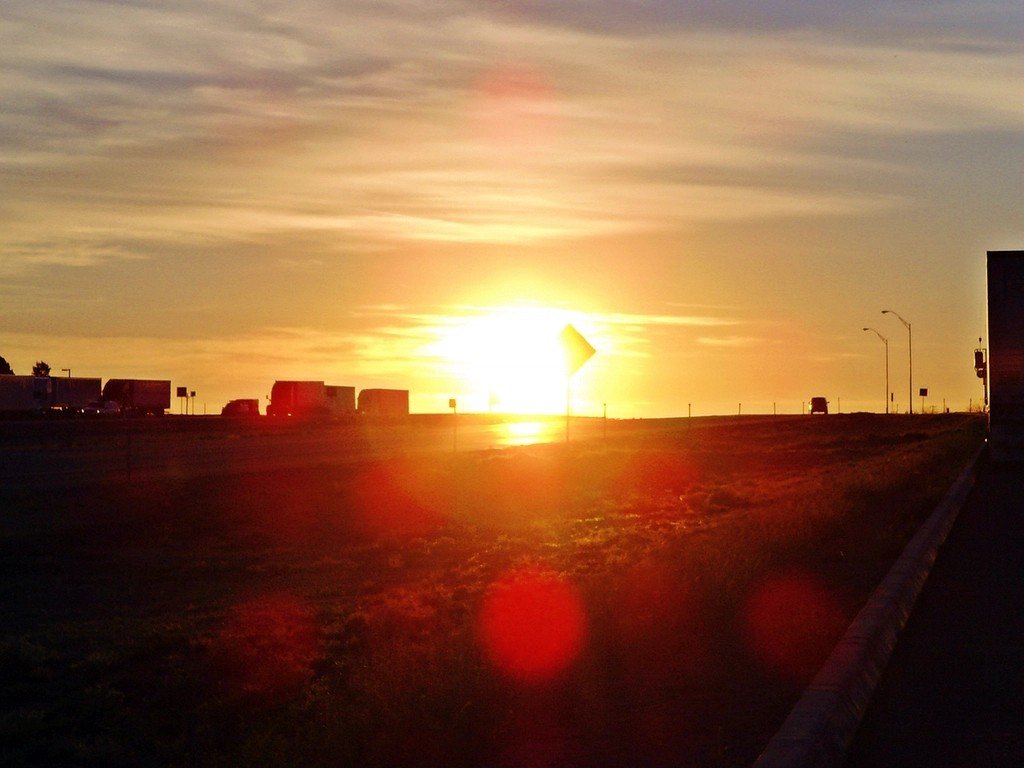
The ten hottest summers in U.S. history tell a story that’s both historical and deeply contemporary. While the Dust Bowl years of the 1930s still hold some of the most extreme individual records, the recent surge in hot summers shows how climate change is reshaping American weather patterns. From 2021’s record-breaking heat to the urban tragedies of 1995, these extreme summers have tested our communities, infrastructure, and resilience in ways that continue to intensify.
What’s perhaps most striking is how the frequency of extreme summers has accelerated in recent decades, with half of our hottest summers occurring just since 2018. As greenhouse gas concentrations continue to rise and urban populations grow, today’s record-breaking summers may soon look relatively mild in comparison. The question isn’t whether we’ll see more extreme heat – it’s how quickly we can adapt to a reality where every summer might push the boundaries of what we thought was possible.

Jan loves Wildlife and Animals and is one of the founders of Animals Around The Globe. He holds an MSc in Finance & Economics and is a passionate PADI Open Water Diver. His favorite animals are Mountain Gorillas, Tigers, and Great White Sharks. He lived in South Africa, Germany, the USA, Ireland, Italy, China, and Australia. Before AATG, Jan worked for Google, Axel Springer, BMW and others.



